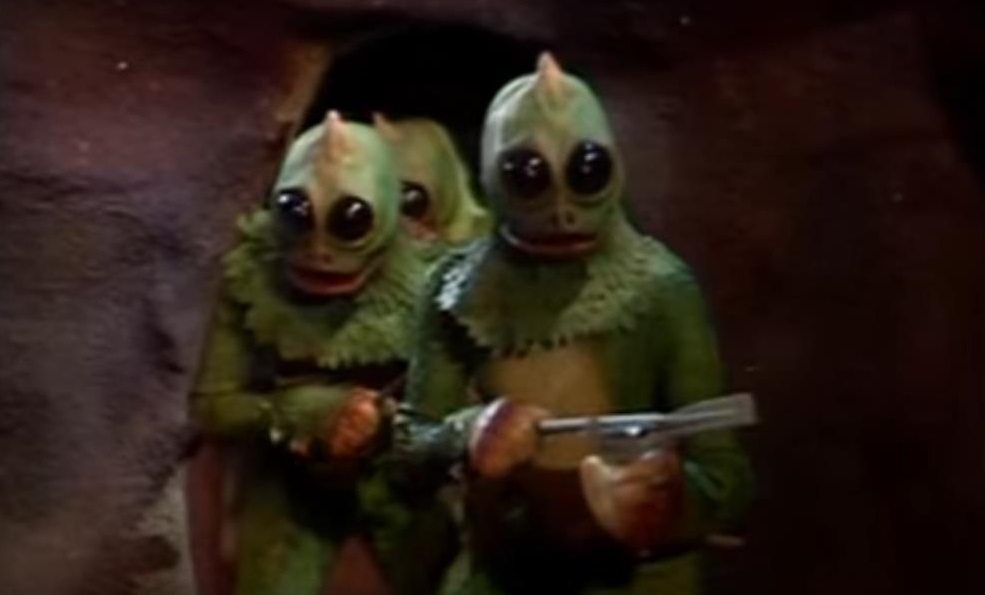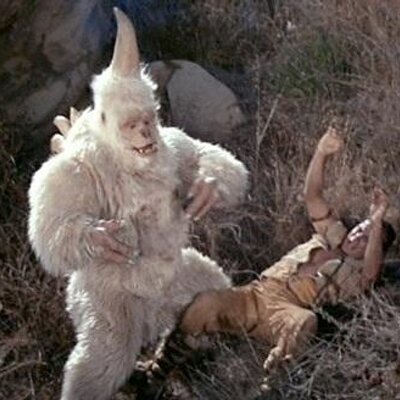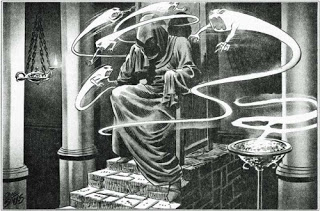I am thinking about changing the core roll of Dungeon World (Apocalypse World) to 2d20 to suit a Lord of the Rings…
I am thinking about changing the core roll of Dungeon World (Apocalypse World) to 2d20 to suit a Lord of the Rings game I’m designing.
My design purpose for making this change is:
o More fine tuned attribute scores, allowing smaller increases to have an impact
o No addition required, by rolling under the attribute and using D&D 5e advantage dice instead of bonuses
o No ‘bell curve’ of results, meaning that the chance of a ‘7-9’ result drops away more slowly as attributes increases
o Give the characters a difficult choice before the roll to increase their chances of success, and increase the ‘7-9’ results
o Cut the damage roll and link it to the degree of success
o Allow complications even when you have a great success.
I’d love some feedback on:
o Is the description clear?
o Does it work as intended?
o Any consequences I haven’t thought of?
o Any cool alternatives that meets my design purpose?
The core roll
When you undertake any action roll two dice:
o A White Die (or any light coloured die) that embodies the hope White Tree of Gondor and determines how successful you are.
o A Red Die (or any dark coloured die) that embodies the compromise of the shadow and determines if there are any complications on the roll.
Once you roll, first check if either die result is a 20, as a 20 on either die will affect the results of both dice. If one die result is 20, then the action is a failure and there is a complication than makes it even worse than expected. If both die results are 20, then it is a catastrophic failure and the GM will make a move as hard as they like.
Check the White Die to determine if the action succeeded or not, and how well.
o If the White Die result is equal to your attribute or less, the action is a success and you achieved what you set out to do.
o If action is a success and the White Die is more than 10, it is a critical success and achieves an even better result.
o If the White Die result is more than your attribute, the action is a failure and you did not achieve what you set out to do.
Check the Red Die to determine if there are any complications.
o If the Red Die result is equal to your attribute or less, there is no complication.
o If the Red Die result is more than your attribute, there is a complication that makes the situation worse whether it succeeds or fails.
The roll is modified:
o If you have advantage on the roll (eg: because you are taking advantage forward), you can swap the numbers rolled on each die. This can turn a complicated failure into a
o If you have disadvantage on the roll, you must swap the numbers rolled on each die if it makes the result worse for you.
o Before you roll either you can choose or a move can make the roll controlled, where the lowest number rolled on the two dice will be used for both dice. If you choose a controlled roll, there is always a complication regardless of the result of the roll.
o Before you roll either you can choose or a move can make the roll risky, where the highest number rolled on the two dice will be used for both dice.
Sample Moves
Attack [vs Strength]
When you attack an enemy in melee, roll vs Strength.
o Success 11+: deal maximum weapon damage and choose either:
o plus 1 damage per White Die over 10; or
o create an opportunity for a comrade to attack the enemy.
o Success 1 to 10: deal damage to the enemy equal to the White Die, but no more than the maximum damage of the weapon.
o Failure or Complication: the enemy makes an attack against you (which potentially causes opportunity damage).
o Failure and Complication: the enemy makes a very successful attack against you (which potentially causes maximum damage).
Level 1-5: choose one of these moves:
o Finesse
When you Attack with a weapon with the precise tag, you can roll the White Die versus Dexterity instead of Strength. The Red Die is still rolled versus Strength.



